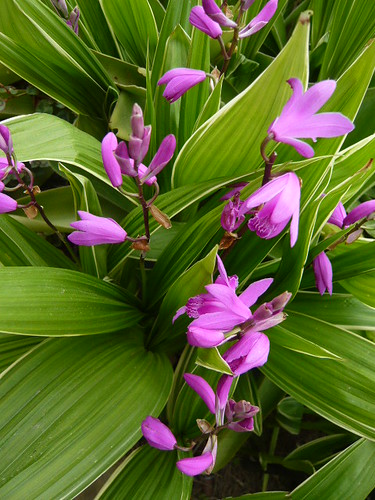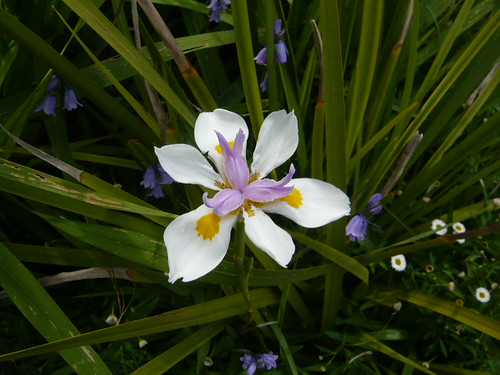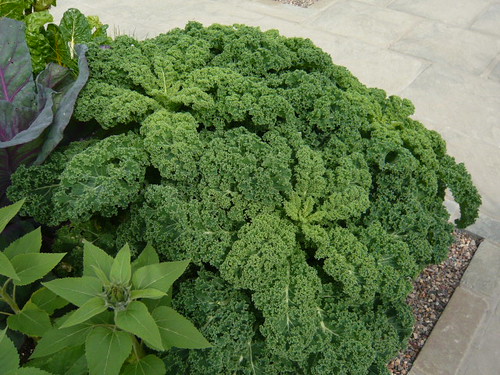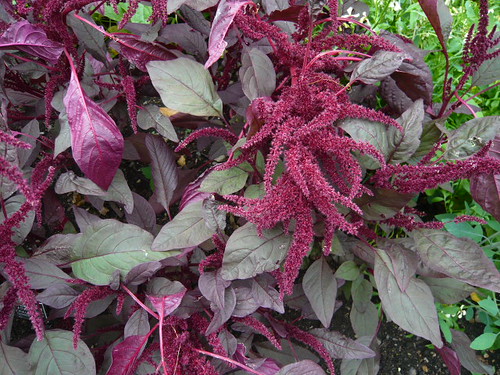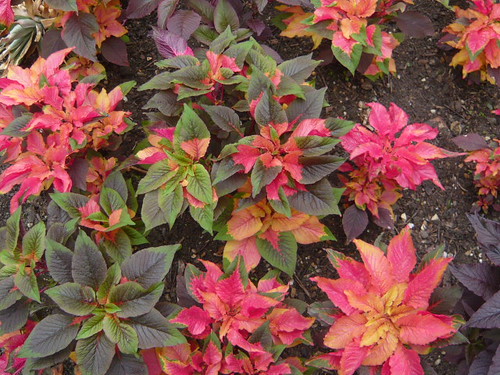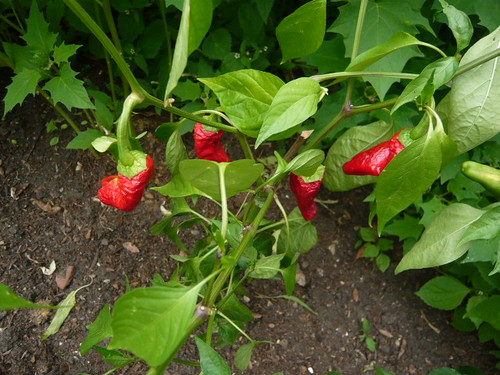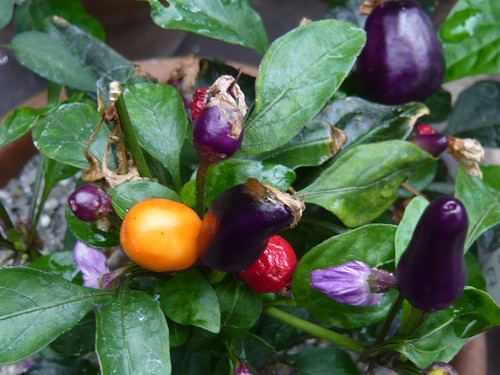Misnamed Plant Species
It is easy for amateurs to misspell or misname plants and even the experts can get it wrong.
The above plant was named in a botanic garden both as Saxifraga stolonifera and Ophiopogon japonicus. I doubt it is either a saxifraga or a modo grass but it was flowering well and I liked the purple flowers and white edged leaves.
I would be interested to hear of the correct name if anyone has information on the subject.
Duplicate Species
- Over the years experts have named  1,000,000+ species but now more than 600,000 species are to be deleted from lists after the most comprehensive assessment of duplication carried out by scientists.
- ‘For centuries, botanists from different parts of the world have been collecting and naming “new” plants without realising that many were in fact the same. The humble tomato boasts 790 different names, for example, while there are 600 different monikers for the oak tree and its varieties.’ read the rest of this Guardian article.
- The study of duplicates excludes the impact of hybrids and varietal names.
I am only guessing when I call this an Iris but it was growing in the same botanic garden in Majorca
